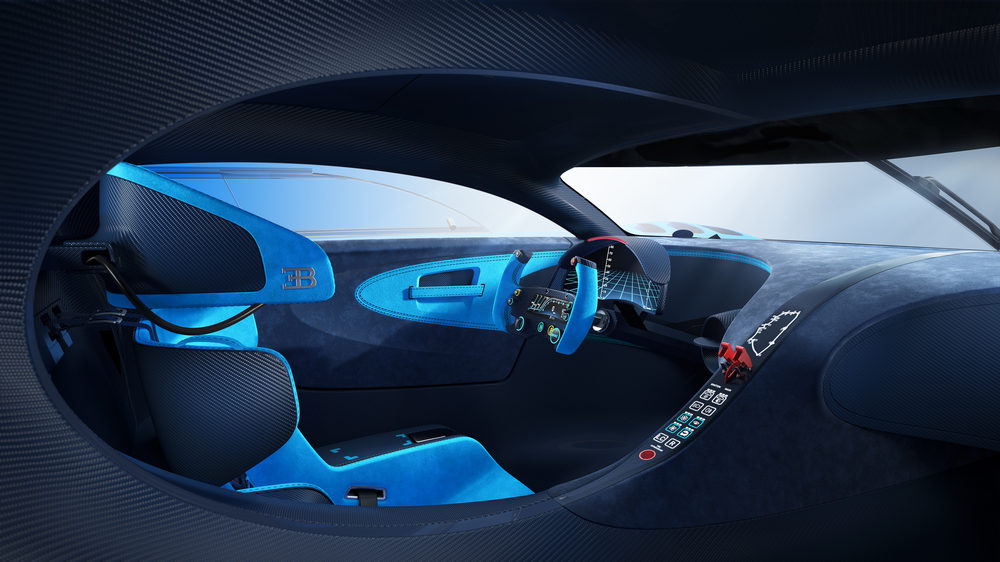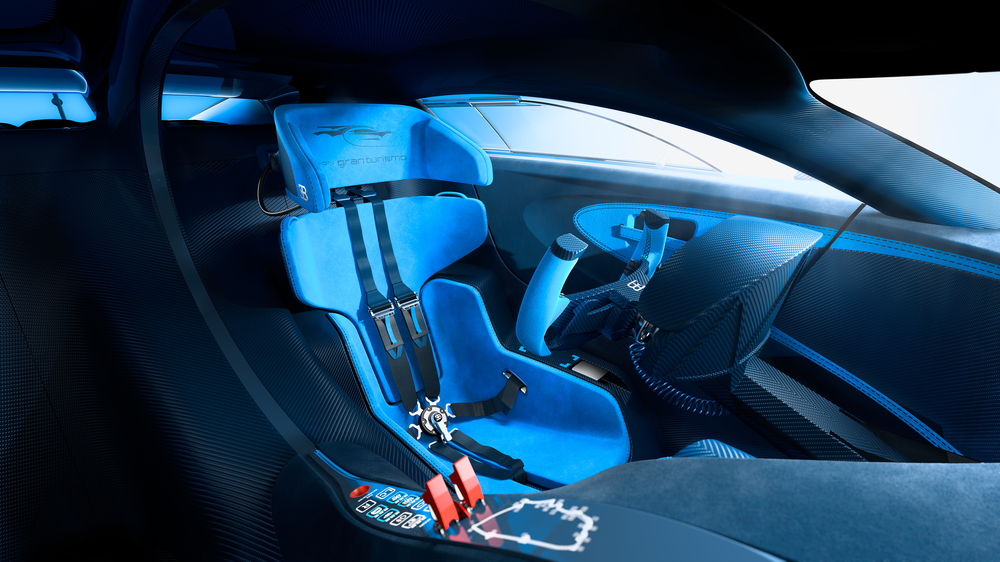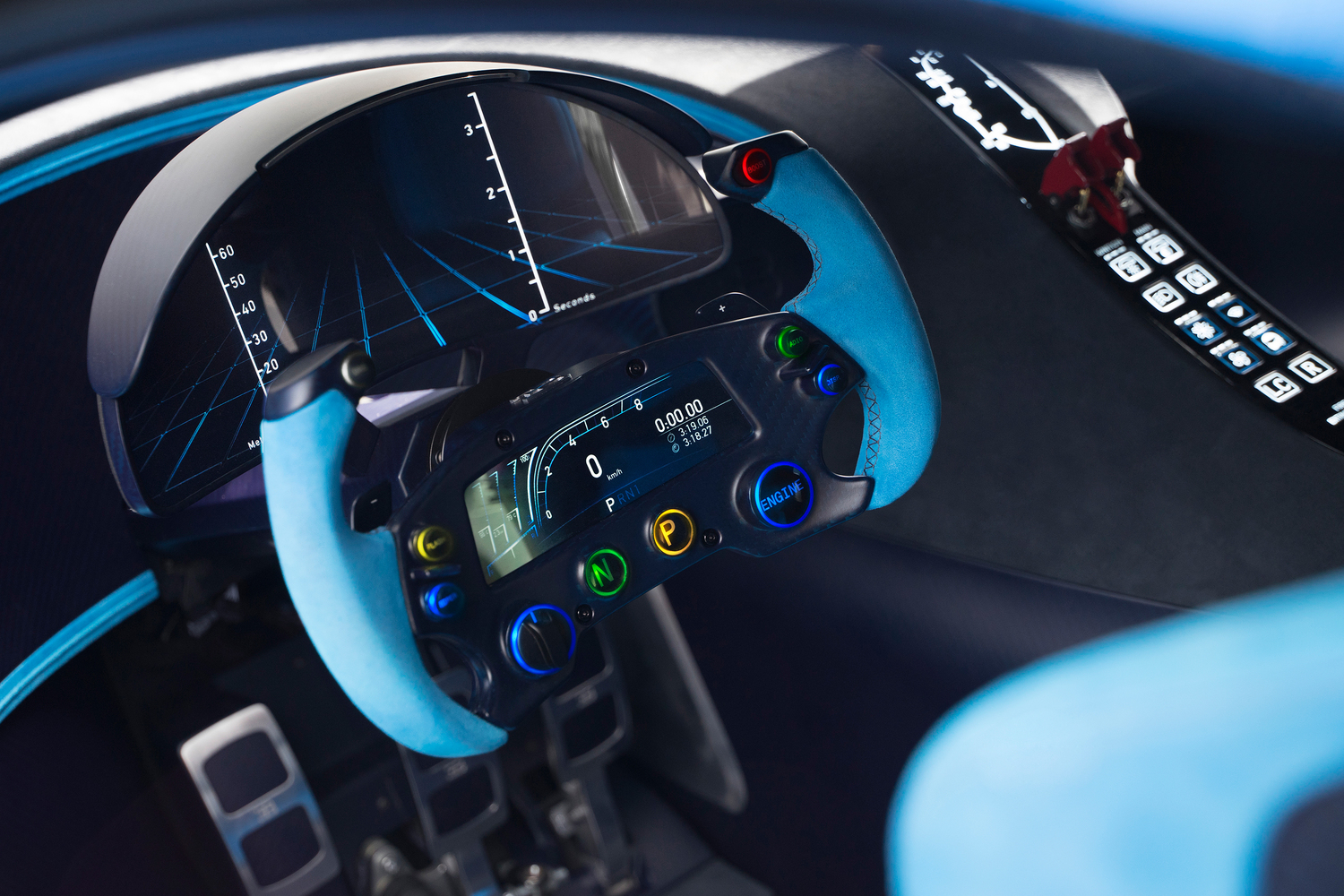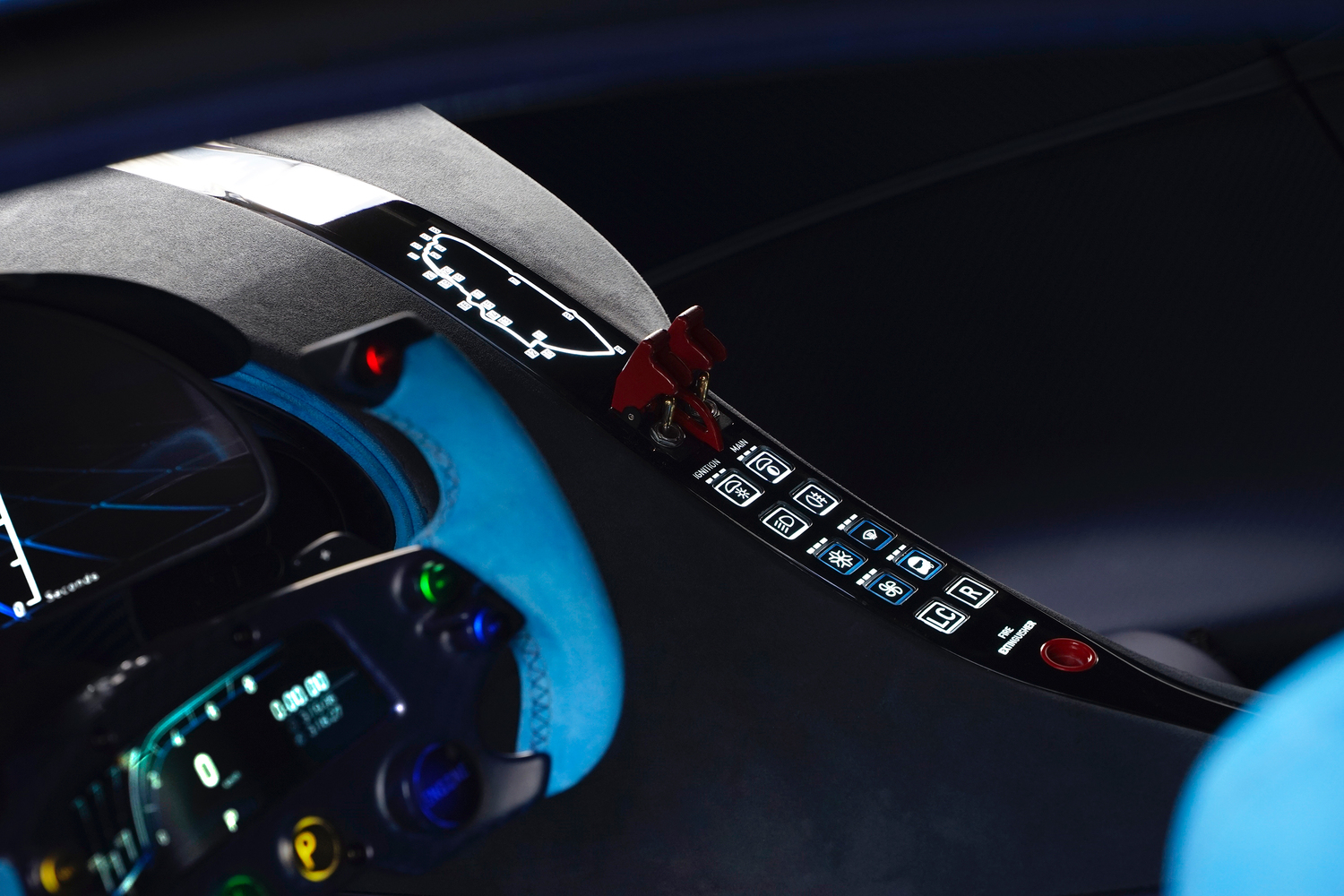Earlier this month, Bugatti previewed its Vision Gran Turismo Concept with a cryptic image showing the car’s basic shape and not much else. It was a bit of a tease, especially considering the automaker says the virtual vehicle “gives an outlook of the brand’s new design language.” Well, the covers have come off, and we finally have our first full look.
The concept is bold, aggressive, and commanding, with powerful haunches and slick aero (check out that center fin!) accenting the devilishly crafted front end. There’s enough of the Veyron’s influence to reinforce brand familiarity, but it’s also different enough to keep things fresh and interesting.
There’s more good news as well, because although this concept is mainly headed for the digital roads of Gran Turismo 6, Bugatti has announced it will build a real version of the car for display at the 2015 Frankfurt Motor Show. That means if you book your flight now, you might just get a chance to see this beast up close, which could very well preview the successor to the iconic Veyron.
Inspired by Bugatti’s racing successes in the 1920s and 1930s, the Gran Turismo Concept takes styling cues from the Type 57 G Tank in particular. It features the same two-tone blue paint job that the grand tourer wore during its victories at the 24 Hours of Le Mans, taking first place in both 1937 and 1939.
“Under no circumstances did we want to create a retro-style race car in memory of the successes in Le Mans, but rather to transfer the feeling and mood of these special moments in Bugatti’s history to a modern vehicle,” said Sasha Selipanov, Bugatti’s Head of Exterior Design. “As an acknowledged Gran Turismo fan, it is a great adventure for me to bring a brand which was once so successful in racing back to the virtual track.”
“We are taking Bugatti back to its roots,” he added.
Stay tuned for more as we head toward the Frankfurt Motor Show, the press days of which are Sept. 15-16.
Editors' Recommendations
- Gran Turismo 7 is back online following update error
- BMW previews the next 4 Series with a concept car you’ll either love or hate







